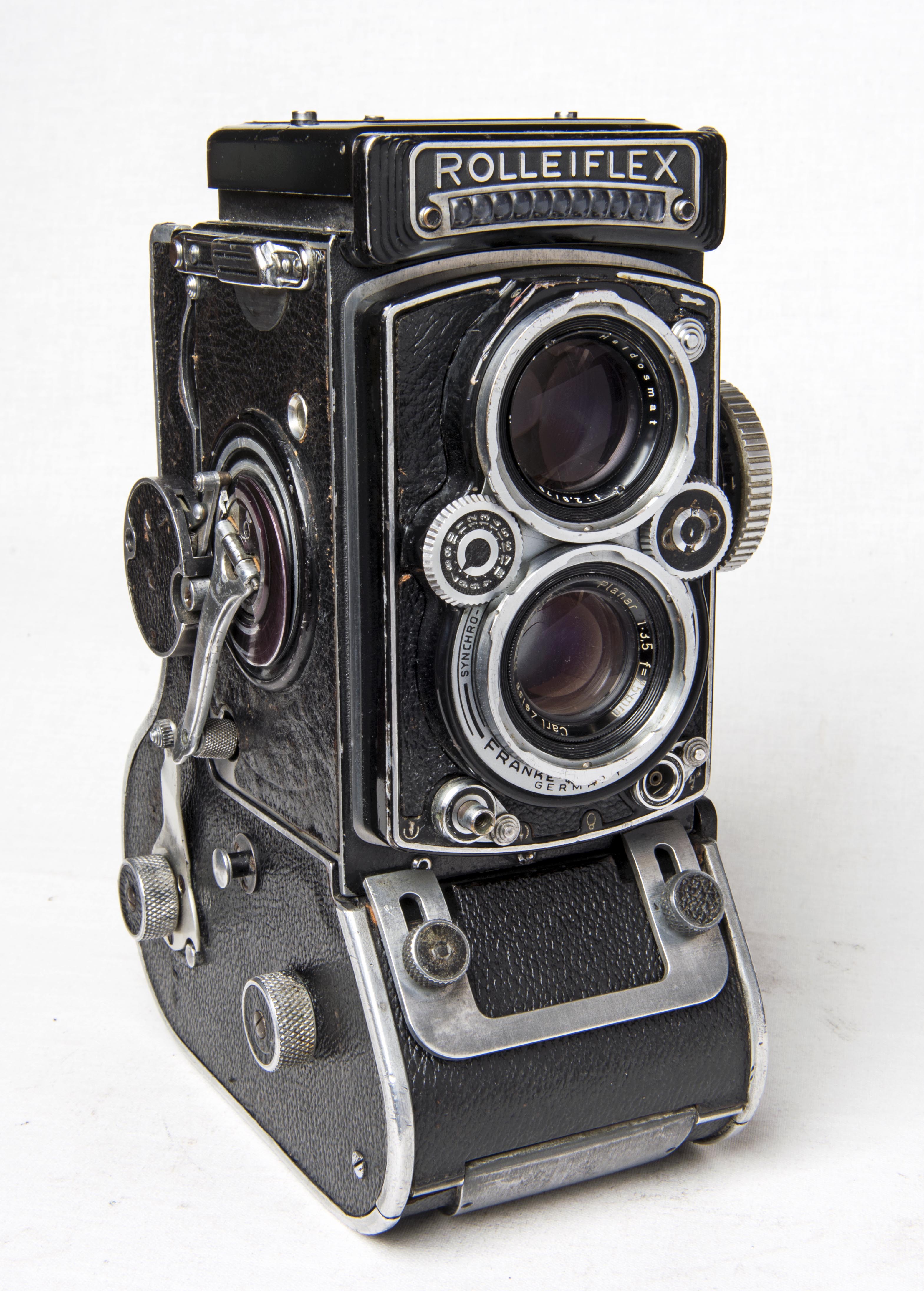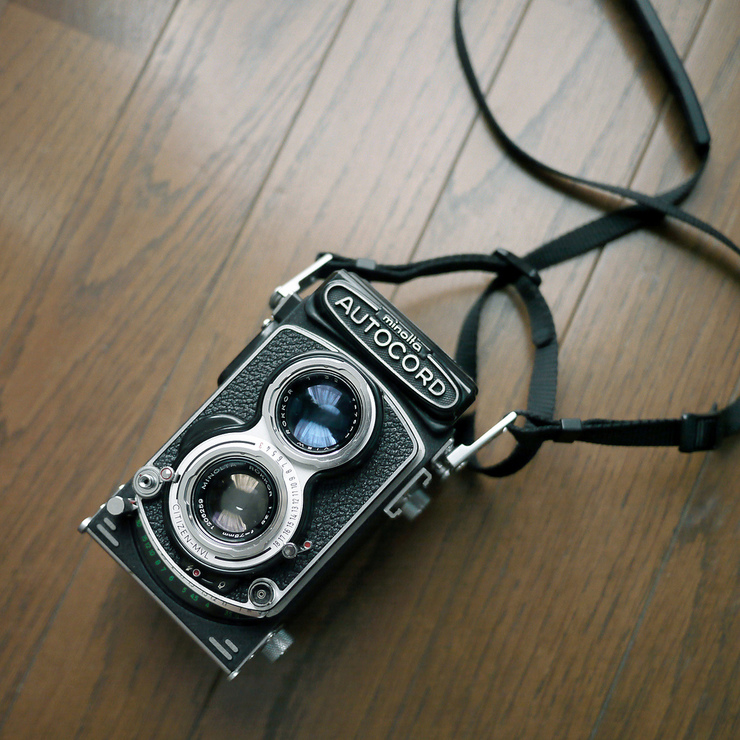

At the point of gathering information – especially about the AUXILIARY WIDE and TELE lenses – I found information and sample photos very limited, so I got the idea that somebody could benefit from me writing up my wider experiences with this camera and all the extra kit I have bought for it. But I mention them now as it was the discovery of those add-ons that became the main motivator to write this article. I will get back to the later three accessories in more detail after some talk about the standard camera and my story of getting it work for me. Simple add on, but helps to deal with reflections – and what is more important – sometimes helps to handle harsh daylight. There are a lot of stories about Yashica MAT 124G lens flare. The ones that I was interested in and got are: The good thing is that those accessories are compatible with almost all Yashica TLR models. I discovered that the Yashica had a lot of accessories for its line of 6×6 TLR’s. Yashica MAT 124G, standard lens, Kodak Portra 400 Back to old habits Limited spaces where I struggle to get everything into frame, limited close focus abilities, the slower f/3.5 lens demanding more light, blurring backgrounds into nonexistence is more difficult due to the close focus ability and smaller maximum aperture.īut none of those limiting factors makes me feel that I lost something with the Yashica MAT 124G – I gained more!īut me being me, still thinking about obstacles, started to dig a bit deeper and deeper and found a way, a way that changed an attitude to TLR as a “fixed lens camera” to “system camera”. Of course, there are drawbacks and limitations that I can hardly overcome.

This left me with a real feeling of liberation!Īnd then there is that real good medium format look in the pictures… That, again, means one important thing – I can look at the scene, analyze it, change the angle or position of the camera, integrate model or subject into the scene, think about light, shoot, analyze results, improve, move forward. The biggest gain is that I left the entire “what lenses to take with me, what lens should I use for this shot” headache behind me. Though I did have to train the eye to see composition in square. There is no necessity to pick vertical or horizontal composition – all you have is square. I had better concentration on the scene due to fact that I had no need, or even possibility to change the lenses. To be limited in equipment – in most cases – is a very good thing. And by the way, it’s beautiful machine itself too! The Gains and Pains It has a lot of good reviews, good lens, a legend of it being a strong “rival to the Rolleiflex” and a reasonable price on market. The Yashica MAT 124G looked to me to be a good option. Oh yes, I did! That was the trigger to depart from 645, and I started to dig deeper into the idea of a TLR. During the time of this contemplation, I got an unexpected message from a fellow photographer asking if I would be interested in selling Mamiya. I began to grasp the idea that “less is more” and started to wonder what TLR with 6×6 and one fixed lens would give to me – I was expecting better MF look, and more concentration on scene, not on equipment. I wanted the real medium format look – the look that I start to see from 6×6, 6×7, 6×8… Finally, I felt that I wasn’t getting a true medium format “look” – to me 645 is great, but it just looks like slightly higher quality 35mm. I also struggled too much the landscape orientation of camera. I had my own struggles that peaked during one portrait session, where I realized that I lose concentration and workflow of shooting because I fiddle too much with changing lenses – I was spending too much time thinking which one will suit the frame better. However, not everything was flowers and candies. I began with one lens: the 80mm f/1.9, and after some time I acquired my “usual set”, the 45mm f/2.8 for landscapes and 150mm f3.5 for tight headshots. It was a leap in quality and big change of workflow compared to 35mm my process became slower, more contemplative, framing and composition became more thorough and the resulting photos became better. I got my first medium format camera, a Mamiya 645 1000s, in 2017.


 0 kommentar(er)
0 kommentar(er)
